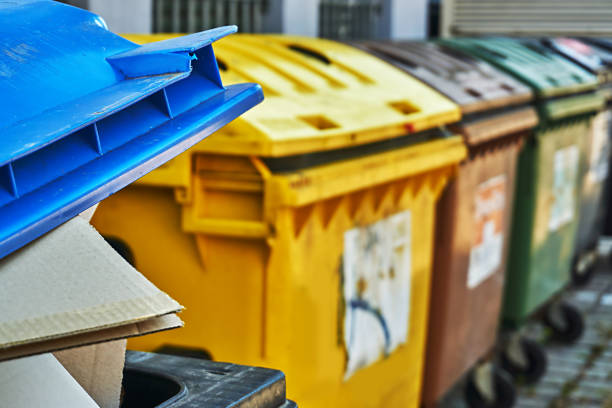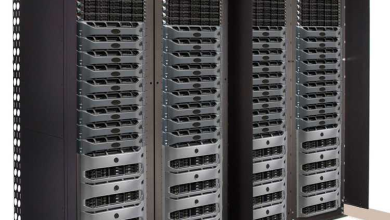
Companies today have every interest in controlling the impact of their activities on the natural environment. They evolve in a very tense economy, and if we consider the massive adhesion of consumers to the preservation of the planet, the accident of course can now be caused by a bad reputation in terms of prevention and waste management.
Dustbins on the street
Summary :
- Business waste collection plan: the main steps
- Define an action plan to better manage business waste
- Focus on the 660 L container on wheels
See trash cans and trash bags >
Suffice to say that the environmental solutions they provide to improve the collection and processing of their waste are today closely linked to their competitiveness. We show you the procedure to follow and the criteria to consider implementing a process to improve the efficiency of your business waste management.
Good management of waste in companies has become an unavoidable necessity and requires having a perfect knowledge of the waste present and its characteristics.
Indeed, a company that does not comply with regulatory requirements incurs financial and criminal risks linked to unnecessary additional costs or sanctions. But they also put their brand image at stake.
For a company, managing its waste begins with having a global and exhaustive view of the current situation by identifying in particular the different types of waste generated by economic activity, their locations, their storage conditions, the quantities produced, and of course the costs. of elimination, they engender.
Business waste collection plan: the main steps
First of all, make an inventory: identify the different people involved in waste management in the business. Let’s go over these points.
#1 What type of trash do you use in the company?
Determine precisely the number and type of trash you will use.
- Tipper or wheeled container.
For example 240L yellow container on wheels. - Waste sorting bin
For example 4.5 L separation bin for Rubbermaid waste sorting bin - Indoor trash can (wastepaper basket, food pedal bin)
For example Metal pedal sanitary bin - Outdoor trash can for your public spaces (car park or warehouse)
For example 60 L triangular outdoor trash can in metal and wood-look plastic - Ashtray bin to collect 2 types of waste at a single collection point.
For example Metal ashtray bin 24 L
#2 What type of waste do you collect?
Highlight the most important waste categories.
#3 Which standards for which waste?
Study the regulatory compliance of the management for each category of waste identified.
#4 How much waste does your company produce?
Estimate the annual volume produced for each of the categories.
#5 How is your waste treated?
Identify the final destination of this waste (recycling, composting, etc.)
Once the diagnosis has been established, it is then possible to implement effective actions and make judicious choices according to the needs and possibilities of the company.
Define an action plan to better manage business waste
There are many improvement actions. They must naturally include any form of regularization to comply with the regulations and be set according to the priorities of the companies in terms of impact and spin-offs: new service providers, new equipment, etc. It will be sorting activities and storage, waste collection, treatment, and prevention.
To remember :
- The selective sorting of waste is even more effective when it takes place as far upstream as possible.
- By organizing a separate collection directly on the site where the waste is extensive, the companies guarantee its recovery or its elimination by the channel.
- Reducing waste at the source is the most responsible way to manage waste: consume less to throw away less.
- The actions we need to carry out concerning the management of waste in the company can only be successful by involving the management and all the staff. Because while some actions are simple to carry out and inexpensive, others may require greater financial investment (purchase of additional containers, sorting and specific disposal of hazardous waste, etc.).
- The regulations concerning waste evolve regularly; it is necessary to keep informed.
Read More: How to establish a cleaning and disinfection plan?




